Stationary Concrete Plant: The Heart of Your Large Project
Many people see a concrete plant and just think of a big machine that mixes cement, sand, and stone. But in my years at Durable Machine, setting up these systems for major projects worldwide, I can tell you a Stationary Concrete Plant is much more. It is not just a machine; it is a permanent, high-output factory. It is the beating heart that pumps lifeblood—high-quality concrete—into large-scale construction, ensuring projects are built on a foundation of strength and reliability.
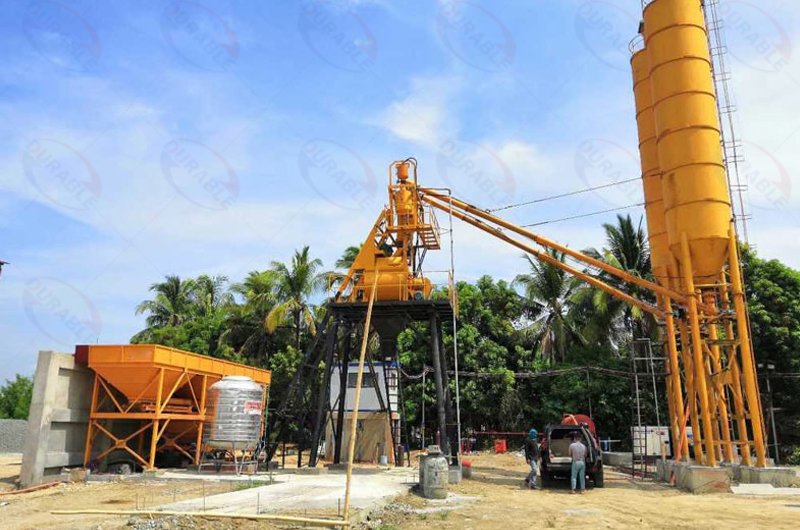
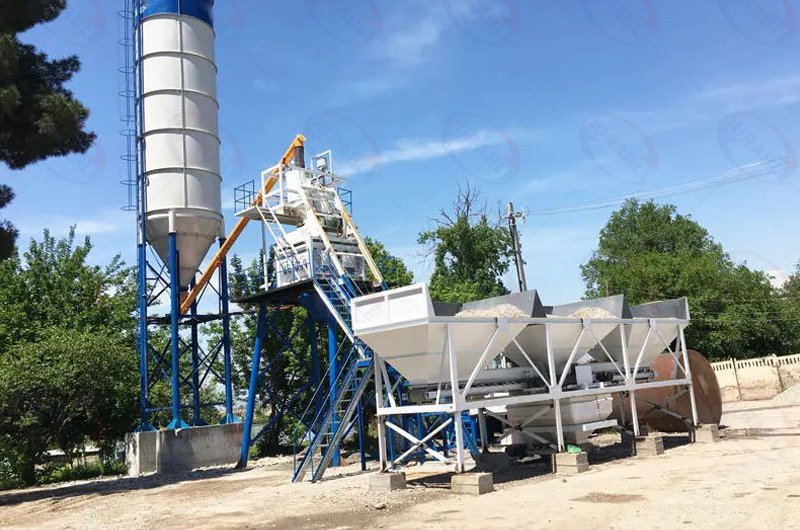
Table of Contents
- What Exactly is a Stationary Concrete Plant?
- Stationary vs. Mobile Plant: What’s the Real Difference?
- What Are the Core Systems of a Stationary Plant?
- Which Projects Require a Stationary Concrete Plant?
- What Are the Site Requirements for a Stationary Plant?
- Beyond the Purchase Price: What Are the Operating Costs?
- FAQs
- About Durable
What Exactly is a Stationary Concrete Plant?
A Stationary Concrete Plant is designed for one specific purpose: to produce huge volumes of concrete from a single, fixed location for a very long time. The word “stationary” is the key. Unlike plants designed to be moved, this type is built on heavy concrete foundations. It is a long-term infrastructure investment, meant to operate for years or even decades. You install it, and it stays.
This permanence is its greatest strength. It allows for a much larger, more robust, and more efficient design. Because it does not have to be packed up and moved, we can build it with larger silos, bigger mixers, and more sophisticated automation systems. This results in a higher production capacity and a lower cost per cubic meter of concrete produced. It is the preferred choice for commercial ready-mix suppliers and massive, multi-year construction projects where reliability and high output are non-negotiable. It is the foundation of a serious concrete production business.
Stationary vs. Mobile Plant: What’s the Real Difference?
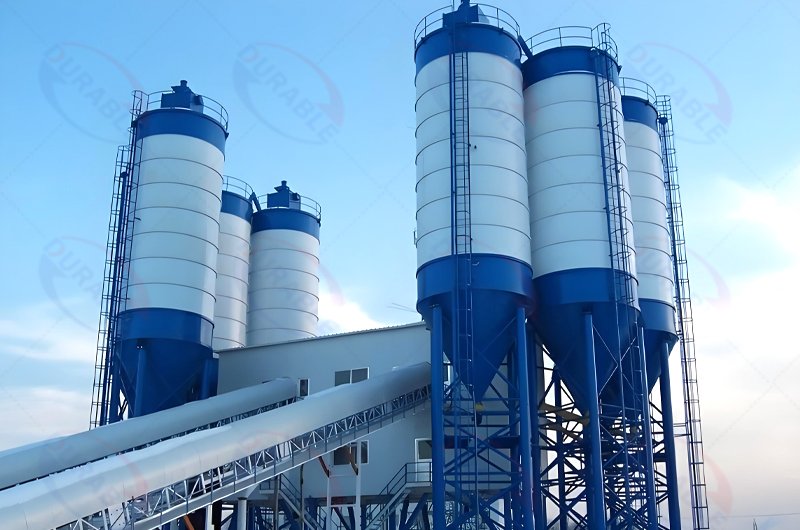
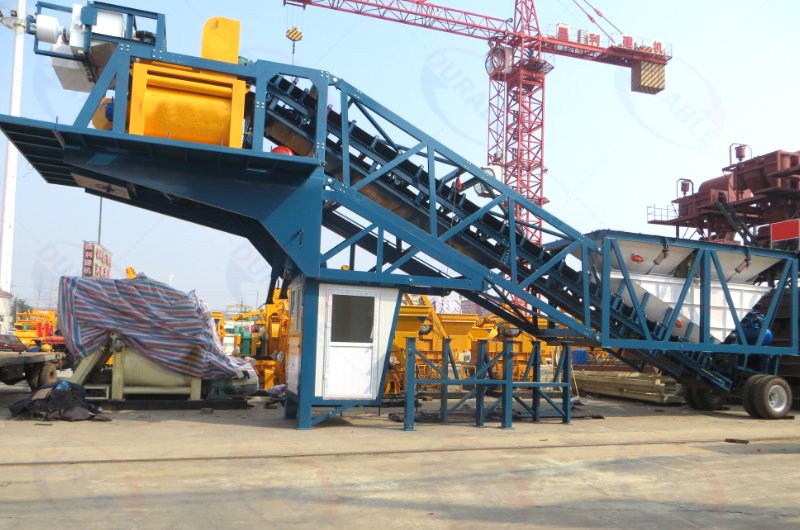
The most common question I get is about the difference between stationary and mobile plants. While both produce concrete, they are designed for completely different business needs. A mobile concrete plant is built on a wheeled chassis, designed for quick setup and relocation between smaller, short-term job sites. A stationary plant is the opposite. It is about committing to one location for maximum output and efficiency.
The choice between them depends entirely on your business model. If you are moving between road projects or small building sites every few months, a mobile plant is your tool. But if you are supplying an entire city with ready-mix concrete or building a dam, you need the power and endurance of a Stationary Concrete Plant. The initial setup is a bigger project, but the long-term payoff in production volume and lower operational costs is enormous.
| Feature | Stationary Concrete Plant | Mobile Concrete Plant | What This Means for You |
|---|---|---|---|
| Installation | Permanent, on concrete foundations | On a wheeled chassis, easily moved | Choose stationary for long-term operations in one place. |
| Production Capacity | Very high (60-240 m³/h or more) | Moderate (25-90 m³/h) | For large projects, stationary is the only option. |
| Footprint | Large, requires significant space | Compact and self-contained | Your available land area is a critical deciding factor. |
| Initial Cost | Higher investment | Lower initial investment | The higher cost of a stationary plant is justified by its output. |
| Ideal Use Case | Commercial ready-mix, mega-projects | Short-term projects, remote sites | Match the plant type to your project’s duration and scale. |
What Are the Core Systems of a Stationary Plant?
A Stationary Concrete Plant is not one machine but an integrated system of several core components working in harmony. Each part is engineered for durability and precision, ensuring every batch of concrete is perfect. From my experience, understanding these systems helps you appreciate the quality control that a permanent plant offers.
- Aggregate Batching System: This is where your sand and gravel are stored in large bins. A highly accurate weighing system measures the exact amount of each aggregate needed for your recipe.
- Cement and Powder Storage: Tall cement silos keep your cement and other powders like fly ash safe from moisture. A screw conveyor then moves the precise amount to a dedicated weigh hopper.
- Mixing System: This is the heart of the operation. We almost always use a powerful twin-shaft compulsory concrete mixer. It forces a rapid and thorough mix, creating strong, homogenous concrete every time.
- Water and Admixture System: An automated system of pumps and meters adds the exact amount of water and chemical admixtures. This control is critical for the concrete’s final performance.
- Control System: The entire Concrete Production Line is run from a computerized control room. The operator selects a recipe, and the system automates the entire process, eliminating human error.
Which Projects Require a Stationary Concrete Plant?
While mobile plants are flexible, certain projects and businesses absolutely require the power and scale of a Stationary Concrete Plant. If your business falls into one of these categories, a stationary plant is not just an option; it is a necessity for success.
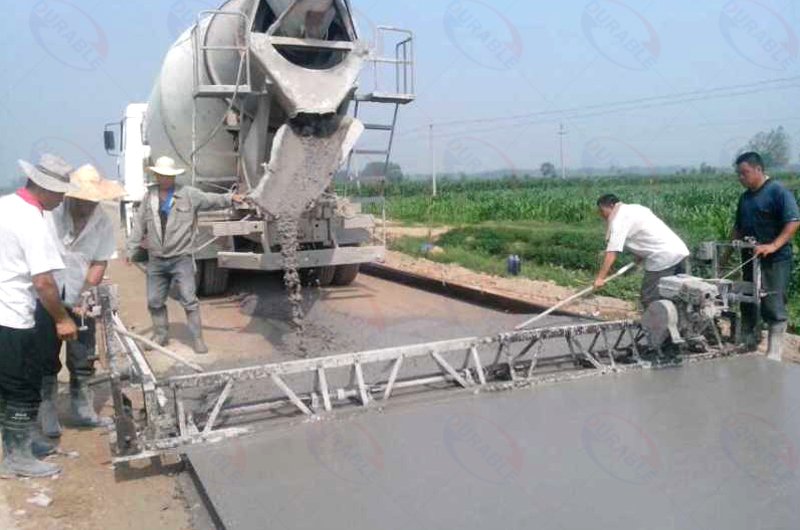
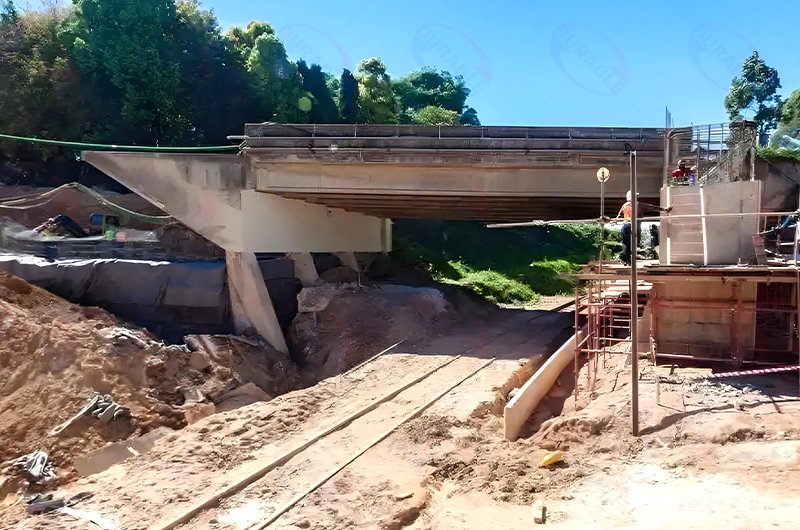
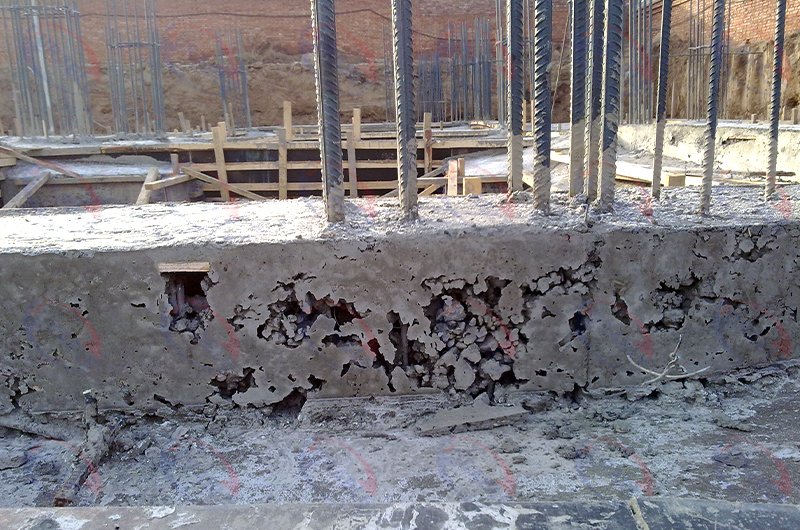
Commercial Ready-Mix Concrete Suppliers
These businesses are the backbone of a city’s construction industry. They operate from a central location to supply concrete to dozens of different job sites every day. For them, high output, unwavering reliability, and the ability to produce many different concrete recipes on demand are critical. A stationary Commercial Concrete Batching Plant is the only way to meet these demands efficiently and profitably.
Precast Concrete Factories
Factories that produce precast elements like wall panels, pipes, or bridge beams need a constant supply of high-quality, perfectly consistent concrete. The stationary plant is integrated directly into their production line. The quality of their final product depends entirely on the precision of the concrete mix. This level of quality control can only be guaranteed by a well-maintained stationary plant.
Large Engineering Projects
For mega-projects like building dams, airports, high-speed railways, or skyscrapers, a dedicated stationary plant is often built right on the construction site. The sheer volume of concrete required over several years makes it impossible to rely on outside suppliers. The on-site plant ensures a continuous, uninterrupted supply of concrete, tailored to the project’s specific engineering requirements.
What Are the Site Requirements for a Stationary Plant?
Building a Stationary Concrete Plant is a serious undertaking, and preparing the site correctly is the first step to success. Because the plant is permanent, the foundation has to be perfect. You need to plan for several key requirements before installation begins.
First, you need enough space. A typical plant requires a significant land area for the plant itself, aggregate stockpiles, truck access, and office facilities. Second, the ground must be stable and compacted to support the heavy weight of the silos and the plant structure. We always work with clients to perform a soil analysis. Third, you must pour reinforced concrete foundations according to precise engineering drawings. These foundations anchor the plant and ensure its stability for decades. Finally, you need reliable access to high-capacity electricity and a large water supply, as these are essential for plant operation.
Beyond the Purchase Price: What Are the Operating Costs?
The initial investment in a Stationary Concrete Plant is significant, but the long-term operating costs are what truly determine your profitability. As a manufacturer, we believe in being transparent about these ongoing expenses so you can plan effectively.
Your main operating costs will include:
- Raw Materials: The cost of cement, sand, gravel, and admixtures is your largest variable expense.
- Energy: The plant’s mixers, conveyors, and other systems consume a lot of electricity. Your local energy price will be a major factor.
- Labor: You will need a plant operator, a quality control technician, and yard staff. An automated plant can reduce labor costs, but skilled oversight is still essential.
- Maintenance: Regular maintenance is crucial for reliability. This includes spare parts for wear items like mixer liners and blades, as well as routine servicing. A well-maintained plant from a reputable manufacturer like Durable will have a much lower lifetime maintenance cost.
FAQs
Q1: How much concrete can a stationary plant produce?
A: Production capacity varies greatly depending on the model and Batching plant configuration. Our stationary plants range from around 60 cubic meters per hour (m³/h) for smaller commercial operations to over 240 m³/h for major infrastructure projects.
Q2: Can a single plant make different types of concrete?
A: Yes, absolutely. The computerized control system can store hundreds of different mix recipes. The plant operator can easily switch between producing concrete for a foundation, a high-rise column, or a precast panel with just the click of a button.
Q3: How long does it take to install a stationary plant?
A: Installation is a major project. From foundation work to final commissioning, a typical installation can take several weeks to a few months, depending on the plant’s size and complexity. This is why it’s considered a long-term investment.
Q4: What kind of environmental controls are included?
A: Modern Concrete Mixing Equipment is designed with the environment in mind. All our plants include robust dust collection systems on the mixer and cement silos to prevent air pollution. We can also add water recycling systems to reduce water consumption.
About Durable
We are Durable Machine, a manufacturer of construction and mineral processing equipment since 2001. We specialize in providing complete, customized B2B solutions for clients around the world. We offer a comprehensive product line, including stationary and mobile concrete plants, mixers, and crushers. With our factory-direct sales model and full-service support, we provide high-quality, cost-effective machinery to help your business succeed. Our equipment has been exported to over 120 countries, empowering major projects on every continent.
 Durable Machinery
Durable Machinery